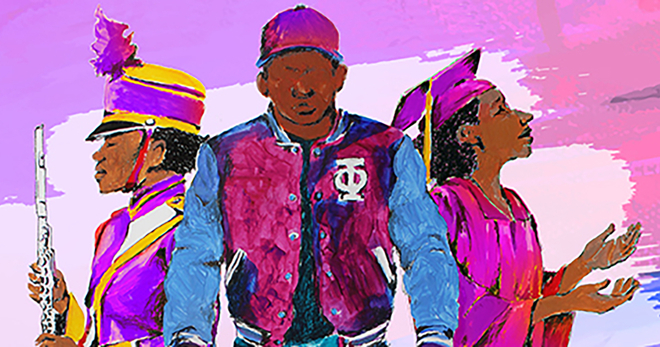A blueprint for tobacco control in indigenous communities
American Indians use commercial tobacco more than any other racial or ethnic group in the U.S. While American Indian/Alaska Native communities have a rich history of traditional tobacco practices, they have also been hit hard by the commercial tobacco industry.
The report, “In a Good Way: Indigenous Commercial Tobacco Control Practices,”examines the role of tobacco in tribal communities and serves as a resource for those working to lower commercial tobacco use rates. Published by ClearWay Minnesota, Truth Initiative® and Blue Cross and Blue Shield of Minnesota, the report highlights tribally-based strategies developed through a decade of work with two programs: The Centers for Disease Control and Prevention’s formerly funded Tribal Support Centers and the ClearWay Minnesota’s Tribal Tobacco Education and Policy grant initiatives.
Commercial versus sacred traditional tobacco
Tobacco has a central place in many indigenous communities, making it paramount to distinguish its sacred use from commercial use.
“It could be used as an offering to the creator, or to a member of the tribe. It may be smoked or not, but it is not inhaled,” according to the report. “The act of reclaiming the sacredness of this plant and clearly distinguishing its traditional use from its modern commercial tobacco use — introduced during an era of grave historical trauma — can prove critical in reshaping societal norms around tobacco.”
There is no “one size”
As of 2013, 2 percent of the U.S. population, or about 5.2 million people, identify as American Indian/Alaska Native. The population is incredibly diverse with 567 federally-recognized tribes, plus several hundred more that go unrecognized.
Due to this diversity, the report stresses that public health efforts must match each community and “avoid the pitfalls of one-size-fits-all approaches.”
Redefine “best practices”
The traditional public health definition of “best practices,” which includes a peer review and evaluation process, is problematic for indigenous communities. Instead, best practices in these communities are “a specific set of behaviors and wisdom recognized by each community as being valued and based on the teachings of elders.”
“Public health practitioners in Indian country can struggle to demonstrate effectiveness of programs implemented in their communities because of this monolithic approach to the definition of best practices,” according to the report. “This report is an effort to collect and share best practices based on evidence from those working on the front lines of commercial tobacco control within American Indian/Alaska Native communities, and to educate the mainstream public health community.”
Cultural competence is key
Since tobacco plays a central role in the traditions of many indigenous communities, programs that are effective embrace this history and reclaim tradition, while combatting modern commercial tobacco use.
The report outlines several effective grassroots public health efforts that have been successful. Common characteristics of these programs include honoring cultural traditions, using indigenous voices, leveraging youth and elder leadership and building relationships among community groups and public health groups.
For example, a program in the Lakota community is credited with shifting norms around commercial tobacco. The program, for youth at risk of suicide, is reducing the high youth suicide rate in the community by reviving “nearly lost” cultural practices that honor young people’s coming of age by “situating them as valued members of a community.” One of the cultural traditions they learn about in this process is traditional sacred tobacco cultivation.
The report offers recommendations for local, state, federal and private funders and foundations that are working or interested in working with indigenous communities. For more information, read the entire report, “In a Good Way: Indigenous Commercial Tobacco Control Practices.”
More in targeted communities
Want support quitting? Join EX Program
By clicking JOIN, you agree to the Terms, Text Message Terms and Privacy Policy.
Msg&Data rates may apply; msgs are automated.


